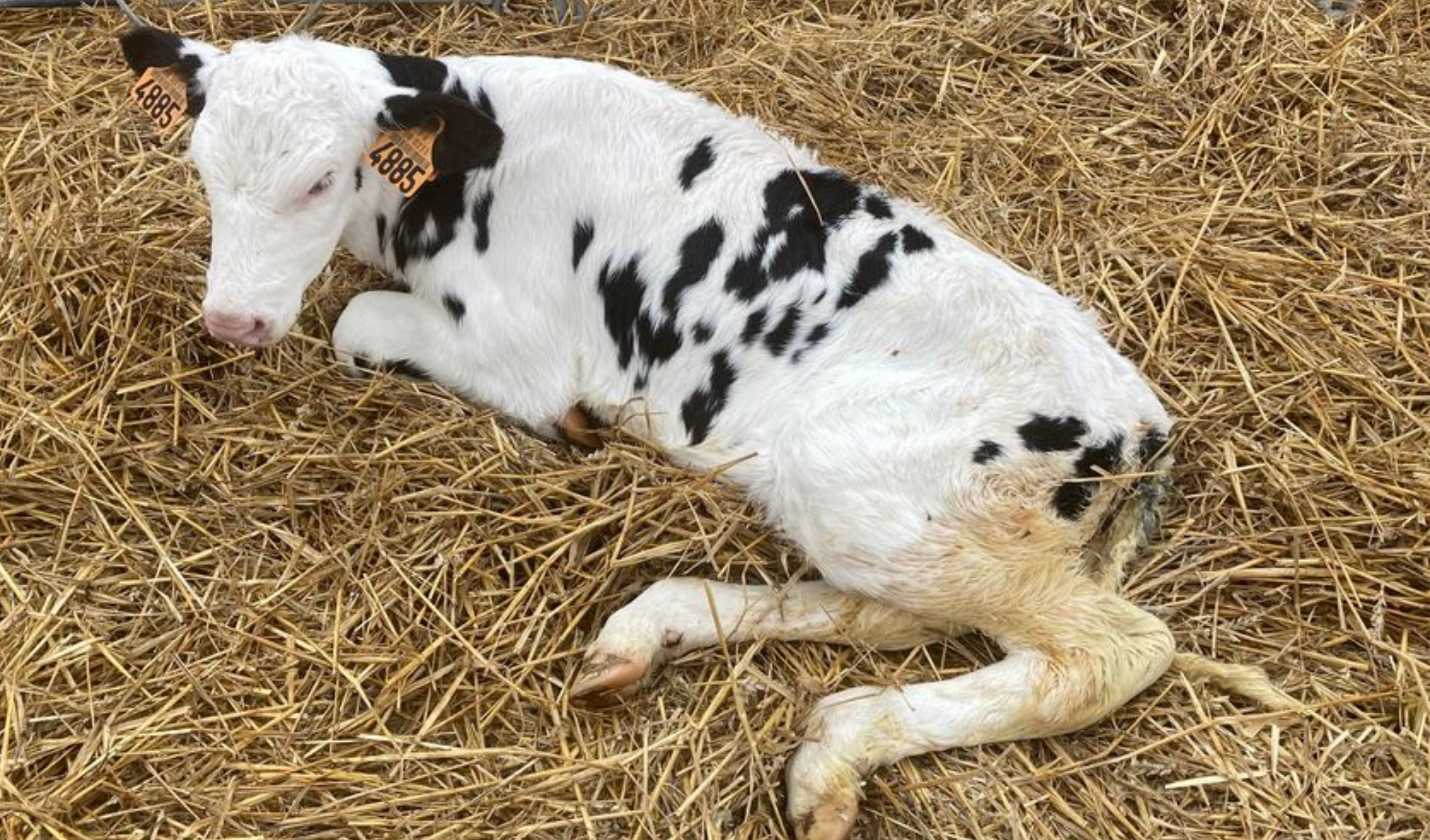Identification of Cryptosporidium parvum IIa and IId zoonotic subtype families and Cryptosporidium bovis from calves in Algeria
DOI:
https://doi.org/10.19182/remvt.37159Keywords
Cattle, calves, Cryptosporidium, zoonoses, AlgeriaAbstract
Cryptosporidiosis is a significant disease in calves caused by the parasitic protist Cryptosporidium. The infection results in severe symptoms such as diarrhea, dehydration, delayed growth, and weight loss, often leading to mortality and economic losses. This study aimed to detect Cryptosporidium spp. in fecal samples from calves in five Algerian provinces. A total of 65 fecal samples from calves were collected from 12 dairy cattle farms in the north-east of Algeria. The presence of the parasites was established by microscopic screening of the oocysts following an immunofluorescence assay (IFA). IFA-positive samples were analyzed by 18S rRNA PCR-RFLP (restriction fragment length polymorphism) to determine the species. Cryptosporidium parvum was subtyped by sequence analysis of the 60 kDa glycoprotein gene. Cryptosporidium oocysts were detected microscopically in 41/65 (63%) samples, of which 26/41 (63.4%) were positive by 18S rRNA PCR-RFLP. Two Cryptosporidium species were detected in 24 samples; C. parvum (20/24) and C. bovis (4/24). C. parvum isolates from IIa and IId zoonotic subtype families were detected: IIaA16G2R1 (9/24), IIdA16G1 (4/24), and IIaA15G2R1 (1/24). Thus, calves are reservoirs of zoonotic C. parvum subtypes and represent a public health concern.
Downloads

Downloads
-
Abstract1377
-
pdf345
Received
Accepted
Published
How to Cite
Issue
Section
Categories
License
© L.Sahraoui et al., hosted by CIRAD 2023

This work is licensed under a Creative Commons Attribution 4.0 International License.





